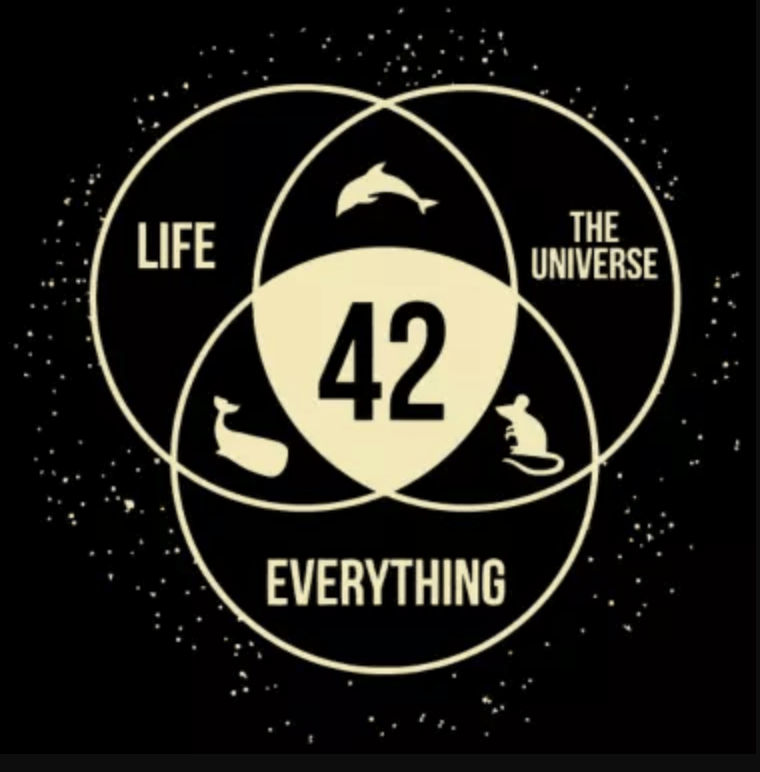The narrative of us and everything around us, the most prevalent story in all Science schools. The tale begins 13.8 billion years ago. Simply said, there was nothing at first, and then there was something

We start with gravity, electromagnetism, and the weak and strong nuclear forces, which are the four basic forces. Next we see a quark-gluon plasma soup with quarks, leptons, and lepton antiparticles as the main constituents. Hadrons are permitted to develop as the soup cools, and baryons such as our common neutron and proton begin to arise. The soup-universe cools down enough for fusion to occur after 3 to 20 minutes of this scenario, resulting in a few light components. The first stars begin to shine 560 million years after the beginning of the narrative, and the remainder of the story is our story.
Scientific ideas should be testable and capable of making falsifiable predictions. Unfortunately, the Big Bang hypothesis falls short on a few predictions, resulting in several issues that cannot be addressed by this present theory.
The Horizon Issue
When you gaze up at the night sky and see stars, the light you see might be hundreds of years old. All because the light that goes from the stars to you takes time to traverse the vast distances and reach your sight! In principle, we should witness remains of the heat that the soup-universe had in the early seconds after the Big Bang if we remember back to our hot soup of a cosmos in the first seconds after the Big Bang. Yes, we do! However, if we look one way into the sky and detect this remaining heat, and then the opposite way, we find that the heat signal is identical! Even with a distance of 28 billion light years!The twist here is that nothing can move faster than the speed of light, yet these sites separated by a distance that could not be reached in the period the Universe has existed share the same signal. So, why is the residual heat the same no matter which way we look?
The Flatness Issue
This problem is actually about the shape of our Universe. There are three conceivable forms for our Universe.
- The Universe Is Closed
- The Universe Is Open
- The cosmos is flat.

However, our findings show that the cosmos is nearly perfectly flat. After billions of years of existence, the possibility of a balance between gravity and expansion rate is so rare and "perfect" that the fact that we even observe this form hasn't been explained!
So, what should we do about these flaws in our probably most significant theory? Do we toss it aside and look for a new one? No, of course not; we get further in our quest for knowledge by attempting to address these challenges. In fact, an ideal centered around inflation is now being researched to alleviate these very concerns!











